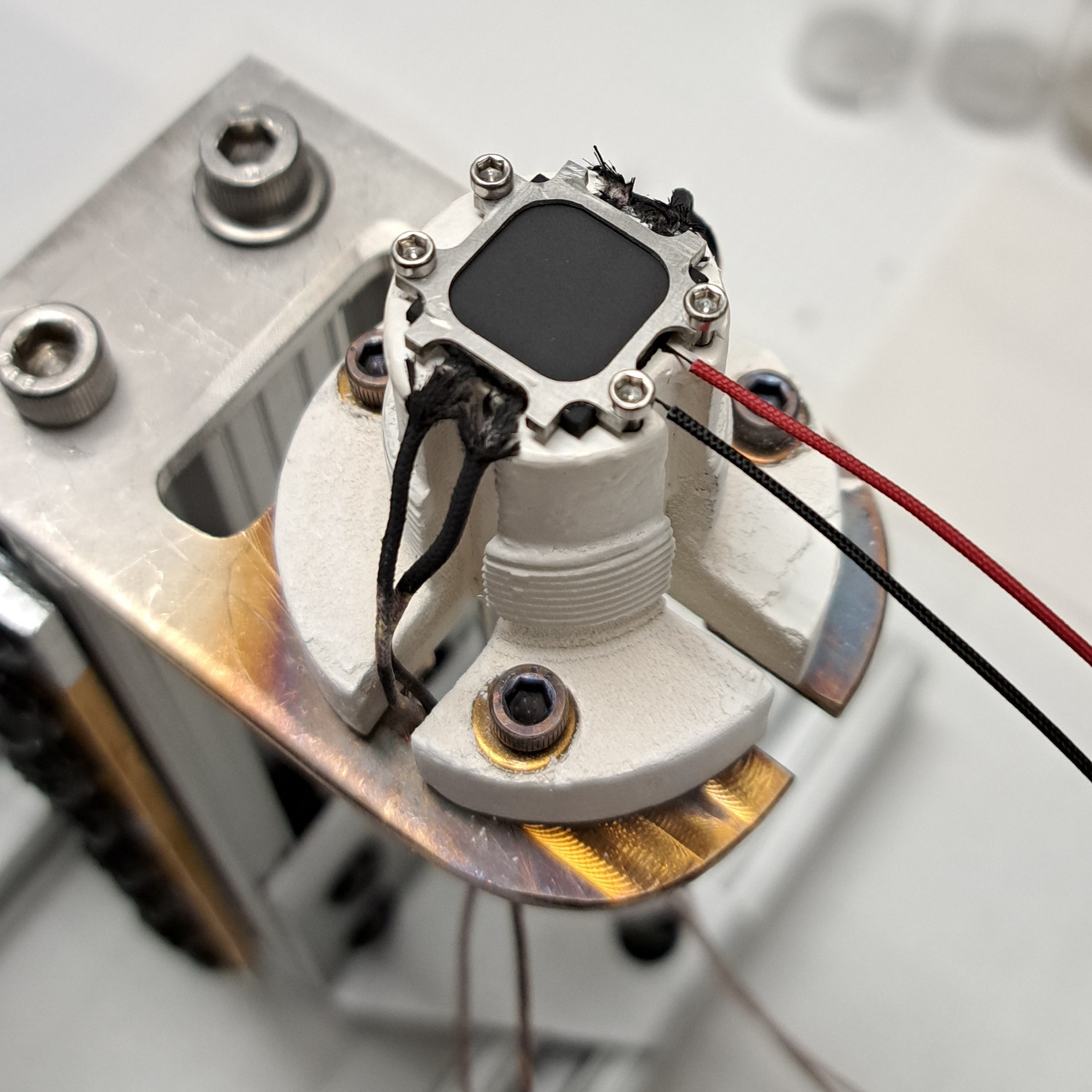News Story
Ongoing Uncertainty: Reconsidering a Disaster
Over twelve years after 9/11, questions about many aspects of the tragedy linger. People are still searching for explanations and answers, including scientists, researchers and engineers. Among them is Professor Emeritus James G. Quintiere (University of Maryland Department of Fire protection Engineering), who with co-author Professor Forman A. Williams (UCSD Department of Mechanical and Aerospace Engineering), has published a letter in the Journal of Fire Sciences refuting some of the conclusions found in the final reports on the collapse of the World Trade Center towers.
“[The reports] conclude that [fire-resistant] insulation protecting the trusses was sufficient and that the fire-attacked core columns were stripped of insulation due to the impact of aircraft,” Quintiere and Williams write, “…suggesting that the aircraft were to be blamed, rather than the fire protection (design) of the building.”
In contrast, their conclusions suggest that an insufficient amount of insulation may have sealed the WTC’s fate before the disaster ever occurred, and that, unable to withstand a fire of a much greater magnitude than the reports assumed, the towers would have ultimately collapsed even if it hadn’t been torn away. The difference is important because it focuses on the nature of the towers’ fireproofing, and could influence how we approach the fire protection design process in existing and future buildings.
Quintiere and Williams dispute two statements that originally appeared in the final fire safety investigation report prepared by the National Institute of Standards and Technology (NIST): First, that NIST’s Fire Dynamics Simulator computer model agreed with the pre-collapse spread of fires as observed in a comprehensive analysis of photographs; and second, that in WTC 1 and 2, “it was unlikely that the columns and floor trusses with intact insulation heated to temperatures where significant loss of strength occurred.”
Quintiere and Williams argue that the photographic evidence of fire in the office windows is insufficient to infer flame activity within the building. The professors suggest that a one- or two-floor, full-scale experiment would have provided more accurate data for the simulator and would also have provided temperature data in realtime.
Another substantial uncertainty the model considered was the thickness and nature of insulation that had been sprayed on the towers’ steel trusses and core columns. Exactly how thick it was in each building at the time of the catastrophe may have varied considerably; original building designs specified 0.5” in WTC 2 and 1.5” in WTC 1. Both buildings received phased upgrades to greater thicknesses over time. Quintiere and Williams believe that the final report lacks enough data to describe the amount and properties of the insulation material each contractor applied in each upgrade.
Quintiere and Williams also write that too many assumptions were made about the buildings’ fuel load–what was burning inside. Fuel load is a key element of modeling a structure’s ability to endure a fire: the larger the load, the longer the fire burns and the higher the temperatures reach. The report estimated fuel load based on the floors in WTC 1 occupied by Marsh McLennan from “drawings, pre-disaster photographs, and interviews.”
Quintiere and Williams suggest that the load used in NIST’s model was too low, because it omitted additional combustible materials, such as 170 lateral filing cabinets filled with paper (an estimated 100K pounds). An independent review of the fuel load around the offices produced an estimated fuel load that was twice that of one stated in the final report. Had these figures been used, Quintiere and Williams write, as well as estimated fuel loads for all floors, the simulation would have had a very different outcome.
Asked why he continues to pursue such a sensitive line of research, and why he wants people to reconsider the official conclusions so long after the fact, Quintiere becomes somber. “I worked with families who lost people,” he says, “and I feel I owe it to them.”
For More Information:
Quintiere JG and Williams FA. Comments on the National Institute of Standards and Technology Investigation of the 2001 World Trade Center Fires. Journal of Fire Sciences 2014; DOI: 10.1177/0734904114528457 (PDF)
Watch a video in which Professors Quintiere and Williams explain their findings.
Gann RG, Hamins A, McAllister TP, McGrattan K, Pitts W.M. and Prasad KR. Response to Comments on the National Institute of Standards and Technology Investigation of the 2001World Trade Center Fires. Journal of Fire Sciences 2014; DOI: 10.1177/0734904114528457, NIST’s response to Professors Quintiere and Willams’ letters.
NCSTAR 1: Federal Building and Fire Safety Investigation of the World Trade Center Disaster: Final Report of the National Construction Safety Team on the Collapses of the World Trade Center Tower, volume 1 of NIST’s findings.
Gann RG, Hamins A, McGrattan K, et al. Reconstruction of the fires and thermal environment in World Trade Center buildings 1, 2, and 7. Fire Technology 2013; 49(3): 679–707, a journal article summarizing NIST NCSTAR 1 written by the authors of the original report.
Published April 18, 2014









